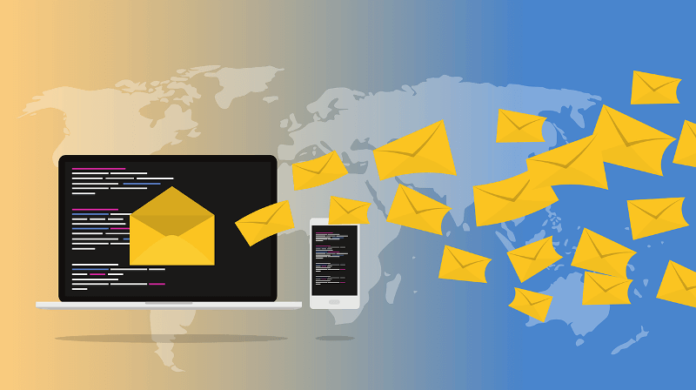Since the introduction of the Internet into the world, email marketing has been an essential tool for businesses, but some campaigns that pass through our boxes are absolute waste that we are not aware of. This article aims to explain the real nature of e-mail marketing, why and how companies should use it.
Email marketing is a direct marketing form that uses e-mail to communicate commercial messages between two or more users. Every e-mail to a potential or current customer could be regarded as e-mail marketing in its broadest sense. The term is, however, generally referred to as:
- E-mails for improving a dealer’s relationship with current or former customers and for fostering customer loyalty and repeating business.
- Sending e-mails to acquire new clients or persuade current clients to immediately buy something.
- Adding ads to emails sent to customers by other companies
Why Email Marketing?
Cost – As compared to other forms of marketing, email marketing is considered the cheapest one. Whether you do it yourself or through an email marketing agency, email marketing costs you tiddlywinks compared to other advertising channels.
Success – E-mails can specifically be targeted at the perfect consumer. With this concept in mind, together with email economic efficiencies, it is no wonder that email marketing ROI frequently blows other direct marketing strategies out of the water.
Measurability and flexibility – It is easy to track the answers to your emails with the analytics available today to find out which portions of your campaign are working and which portions are not. You can then immediately react to modify your campaign strategy with this knowledge if necessary.
How to use Email Marketing?
There are a few factors you need to follow for email marketing success:
Creative –refers to the overall email design (layout/images/colour). Specifically, it is advisable to ask each client whether he or she wishes text or HTML e-mails as the choice is often great.
Relevance–targeted, targeted and targeted. Make your emails available to each recipient personalized if you wish to increase this response rate.
Incentive – Beneficiaries are looking at emails and thinking, What about me in it?? “Nothing like a free lunch right? Well… Provide the recipient with a “free lunch “and they will respond more likely.
Timing: Don’t email recipients overnight, and let it pop up during their business day in their inbox. Remember, what timing is best for which mail you can test and measure.
Integration – companies can neither rely on a single marketing method nor can rely on a number of different marketing practices. Instead, best marketing practices use an IMC, in which all aspects of their promotion work together to form a whole. Therefore, your emails have to contain the same image. You also need to work with other aspects of your marketing mix to timing the campaign.
Attributes – Let’s talk about the e-mail header with attributes from address to address, date/time of receipt and format, including the subject line. Again, testing your campaigns can rule out the attributes spam considers by customers and highlight the attributes that work best for your company.
Landing page – Would you like to convert these e-mails to sales? Just do not connect your customers to your homepage; show them exactly where you want them to go to complete any forms quickly and easily.
In many industries, email marketing is an essential component in creating those important customer contacts. Learn how to use it and your company’s success will definitely bump up. Just try not to send another email to the spam folder directly and if the e-mail reaches inbox–make reading worth reading it.
Click here to start your free month of email marketing - Constant Contact
Click here to check 5 Best Email Marketing Services Compared (2019)
